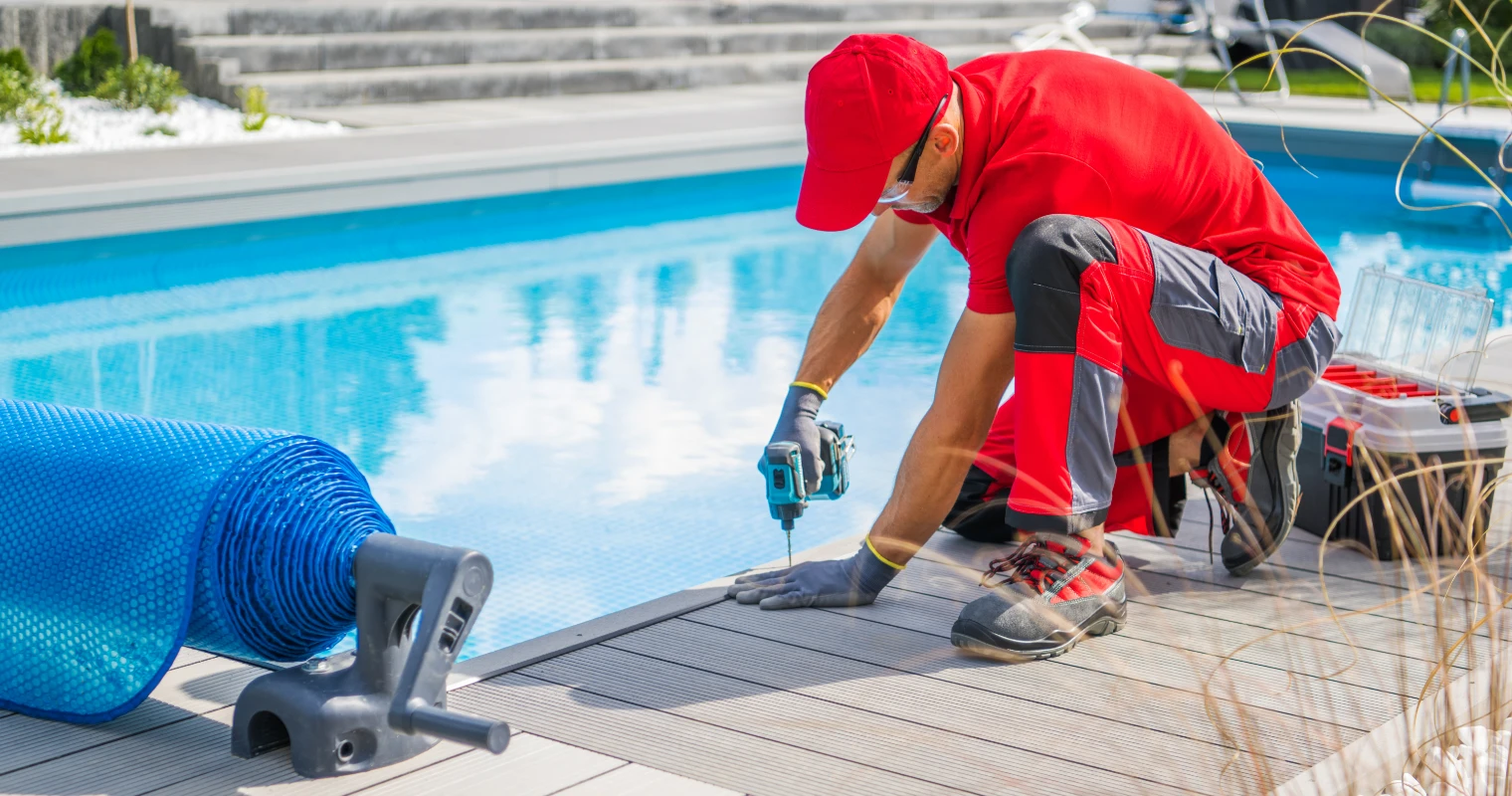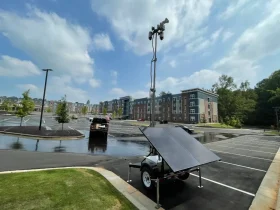Maintaining a swimming pool can be a luxurious indulgence, but it often comes with significant environmental implications. From chemical runoff to high energy consumption, traditional pool care methods can harm the planet. However, adopting eco-friendly practices can transform your pool maintenance routine into a sustainable one. This blog explores various strategies for eco-friendly pool maintenance, highlighting eco-friendly products, energy-saving tips, and practices that reduce environmental impact.
Choosing Eco-Friendly Products
One of the first steps in creating a sustainable pool maintenance routine is choosing eco-friendly products. Traditional pool chemicals can be harmful not only to the environment but also to swimmers. Opting for biodegradable chemicals helps minimize the environmental footprint. These products break down naturally and reduce chemical pollution in local waterways.
Consider switching to natural alternatives to chlorine, such as saltwater systems or mineral purifiers. Saltwater pools use electrolysis to convert salt into chlorine, providing a gentler swimming experience while still keeping the water clean. Mineral purifiers, on the other hand, utilize minerals like copper and silver to disinfect the water, reducing the need for harsh chemicals.
When it comes to cleaning supplies, prioritize non-toxic options. Many conventional cleaning agents contain phosphates and other harmful substances that can contribute to algae growth and water pollution. Look for eco-friendly pool cleaner that is biodegradable and free from harmful chemicals. Using these products not only helps protect the environment but also ensures a safer swimming experience for you and your family.
Energy-Saving Tips for Pool Maintenance
Energy consumption is another critical aspect of pool maintenance that can significantly impact the environment. One effective way to minimize energy use is by investing in energy-efficient pool pumps and heaters. These systems are designed to consume less electricity while providing optimal performance.
In addition, optimizing the usage of your pool equipment can lead to substantial energy savings. Installing timers on your pool pump can ensure that it runs only when necessary, reducing unnecessary energy consumption. Furthermore, consider integrating smart technology that allows you to control your pool’s equipment remotely, ensuring that it operates efficiently.
Solar pool covers are another excellent option for conserving energy. They not only reduce heat loss from the water but also minimize evaporation, ultimately saving water and energy costs associated with heating the pool. By harnessing the power of the sun, you can maintain a comfortable swimming temperature while reducing your carbon footprint.
Water Conservation Practices
Water conservation is a vital component of eco-friendly pool maintenance. Pools can lose a significant amount of water through evaporation, especially in hot climates. To combat this, use a high-quality pool cover when the pool is not in use. This simple practice can cut evaporation rates by up to 90%, conserving water and reducing the need for refills.
Regularly checking for leaks is crucial for maintaining water conservation. A small leak can waste hundreds of gallons of water each month. Inspecting your pool’s plumbing and surfaces regularly can help detect and fix leaks promptly.
Another innovative way to maintain water levels is through rainwater harvesting. By collecting rainwater in barrels or cisterns, you can use this water to fill your pool, minimizing your reliance on municipal water sources. This practice not only conserves water but also reduces the demand on local water supplies.
Sustainable Pool Design and Landscaping
If you’re considering a new pool or renovation, think about sustainable design options. Natural pools, which use biological filtration instead of chemicals, are becoming increasingly popular. These pools blend seamlessly with the natural environment and provide a chemical-free swimming experience.
When landscaping around your pool, prioritize native plants that require less water and maintenance. Xeriscaping—designing landscapes to reduce or eliminate the need for irrigation—can be a fantastic way to enhance your pool area while conserving water. This approach minimizes chemical runoff and supports local ecosystems.
Proper landscaping can also help control erosion and runoff, which can lead to pool contamination. By strategically placing plants and ground cover around your pool, you can create a natural barrier that filters pollutants before they reach the water.
Routine Maintenance Practices
Regular maintenance is essential for keeping your pool clean and safe without relying on harsh chemicals. To maintain water quality, consider using a combination of mechanical and biological filtration systems. These systems can effectively remove debris and contaminants while maintaining a healthy balance in your pool.
Incorporating the best pool cleaner into your maintenance routine is vital for achieving a pristine pool. Look for cleaners that are efficient, effective, and environmentally friendly. Many modern pool cleaners are designed to be energy-efficient and use less water, making them an excellent choice for eco-conscious pool owners.
Additionally, regular cleaning with eco-friendly products will help maintain the water’s clarity without introducing harmful substances. This practice not only protects the environment but also enhances the swimming experience for you and your guests.
Conclusion
Adopting eco-friendly practices in your pool maintenance routine is not just beneficial for the environment; it can also enhance your swimming experience and save you money in the long run. From choosing biodegradable products and energy-efficient equipment to implementing water conservation strategies, there are numerous ways to reduce your pool’s environmental impact.
By making conscious choices about how you maintain your pool, you contribute to a healthier planet for future generations. Start small and gradually integrate these sustainable practices into your routine, and you’ll be well on your way to enjoying an eco-friendly pool. Remember, every step counts toward a more sustainable future!










